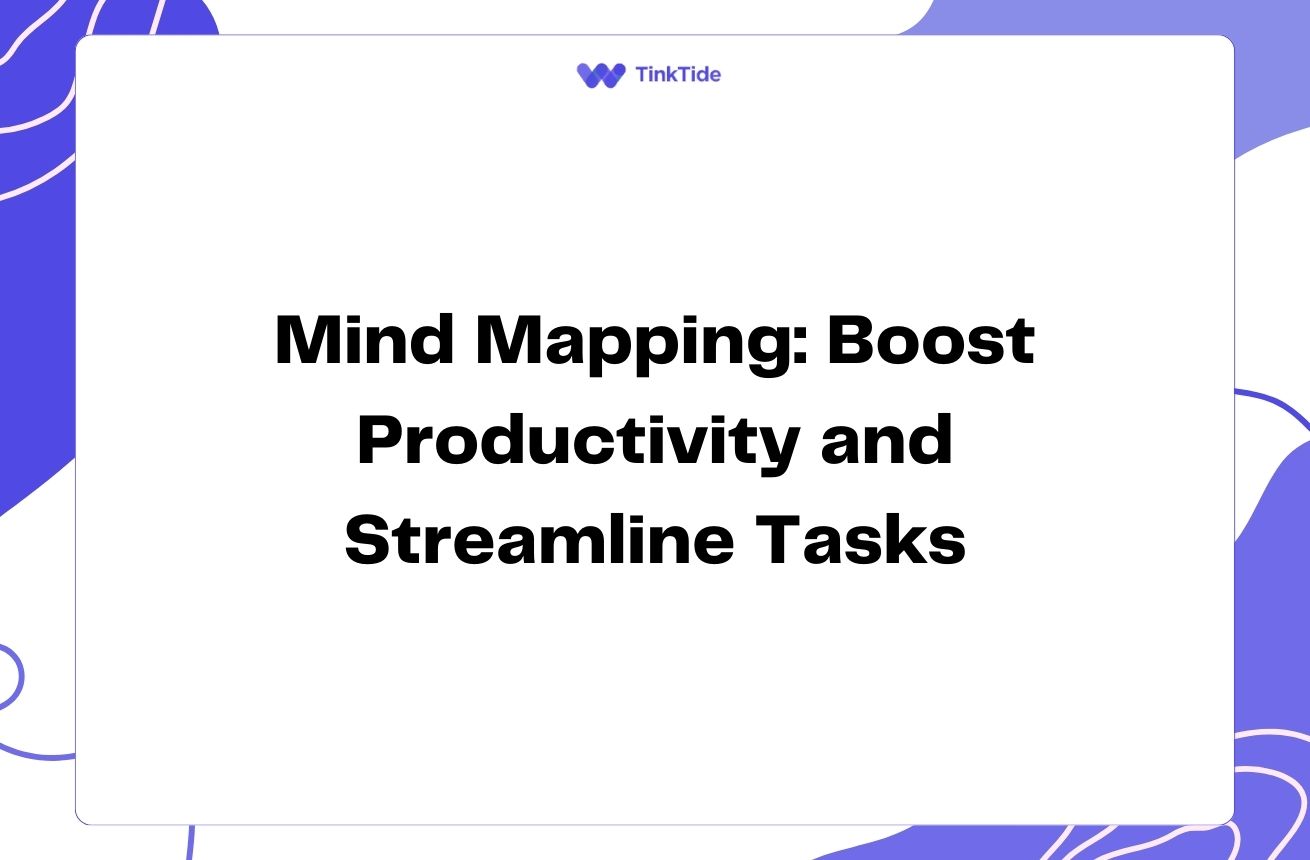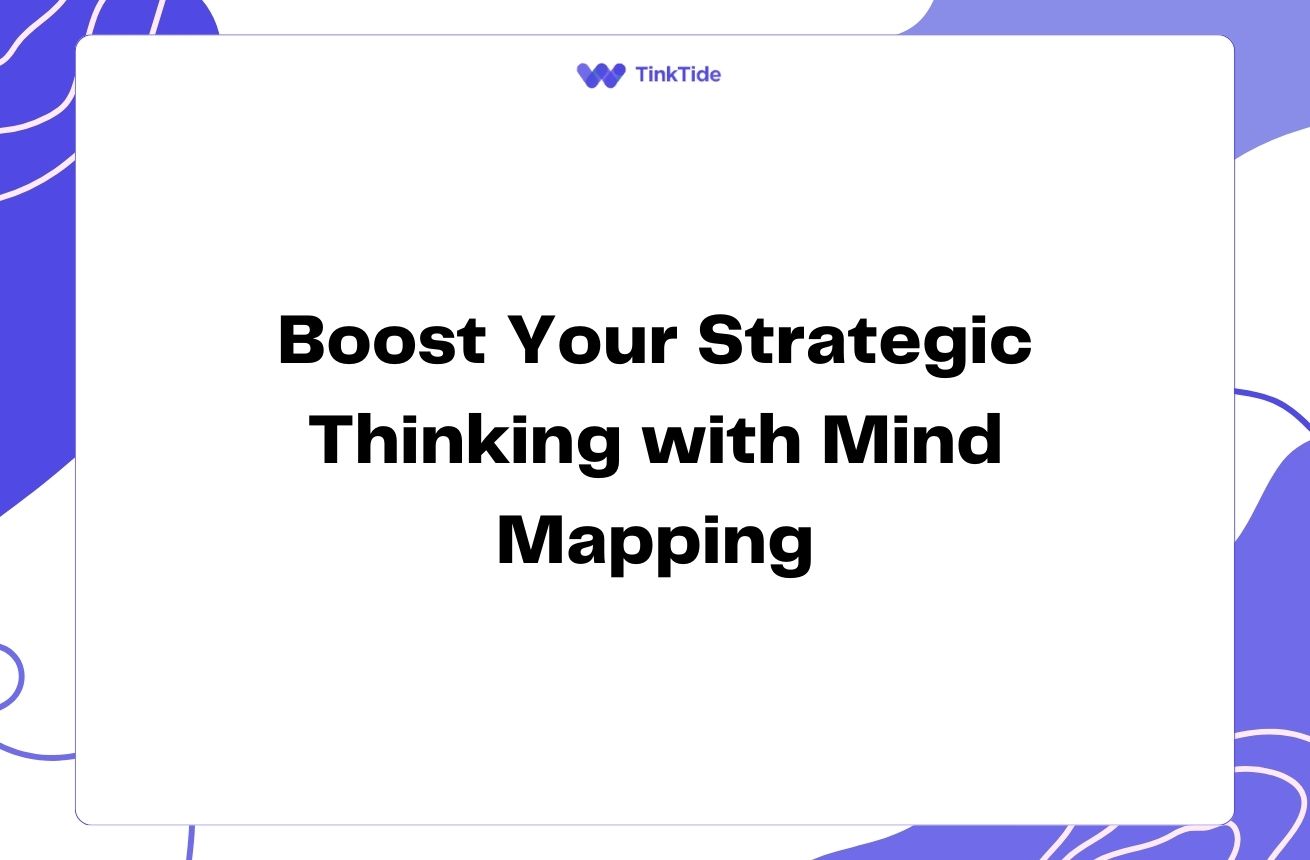Master Niche Blog Planning with Mind Mapping
Understanding Mind Mapping for Blog Planning
Mind mapping is a powerful visual technique that can revolutionize your niche blog content planning. By creating a visual representation of your ideas, you can easily organize thoughts, identify connections, and develop a cohesive content strategy.
At its core, mind mapping involves starting with a central topic and branching out into subtopics, creating a tree-like structure. This approach allows you to see the big picture while also drilling down into specific details, making it ideal for planning niche-specific blog content.
Using mind maps for blog planning can help you generate ideas more quickly, organize your thoughts more effectively, and ensure that your content aligns with your overall niche strategy. It's a versatile tool that can be used at various stages of the content creation process, from brainstorming to outlining and even scheduling.
Benefits of Mind Mapping for Niche Bloggers
Niche bloggers can gain numerous advantages by incorporating mind mapping into their content planning process. Here are some key benefits:
- Improved idea generation and creativity
- Better organization and structure of blog posts
- Enhanced understanding of topic relationships
- Easier identification of content gaps
- Streamlined content calendar planning
Getting Started with Mind Mapping
To begin mind mapping for your niche blog, start by choosing a central topic that represents your blog's main focus. From there, branch out into subtopics that relate to your niche. For example, if your niche is 'sustainable living,' your subtopics might include 'eco-friendly products,' 'renewable energy,' and 'zero-waste lifestyle.'
As you create your mind map, don't worry about perfection. The goal is to get your ideas down and visualize the connections between them. You can always refine and reorganize later. Remember to use keywords, short phrases, and even images to make your mind map more engaging and memorable.
There are various tools available for creating mind maps, from pen and paper to digital software like MindMeister or XMind. Choose the method that works best for your workflow and preferences.
Structuring Your Niche Blog Content
Once you have your initial mind map, you can use it to structure your blog content more effectively. Each main branch can represent a content pillar or category, while smaller branches can be individual blog post ideas.
This structure allows you to see how different topics relate to each other and ensures that your content remains focused on your niche. It also helps you identify areas where you might need more content or where you're overemphasizing certain topics.
As you develop your content structure, consider creating a hierarchy of topics. This can help you plan series of blog posts or create comprehensive guides that cover multiple aspects of a single topic within your niche.
Using Mind Maps for Content Calendar Planning
Mind maps can be an excellent tool for planning your content calendar. By visualizing your content ideas, you can easily distribute them across weeks or months, ensuring a balanced and consistent publishing schedule.
Consider color-coding your mind map to represent different time periods or content types. This visual approach can help you quickly identify gaps in your schedule or areas where you might be overloading certain topics.
You can also use your mind map to plan content clusters, grouping related blog posts together to create comprehensive resources on specific topics within your niche. This approach can boost your SEO efforts and provide more value to your readers.
Implementing Your Mind Map Strategy
To effectively implement your mind mapping strategy for niche blog content planning, follow these steps:
- Create a central mind map for your overall niche strategy
- Develop sub-maps for each main content category
- Use your maps to generate blog post ideas and outlines
- Integrate your mind maps with your content calendar
- Regularly review and update your mind maps to keep your content fresh and relevant
Overcoming Common Challenges
While mind mapping can greatly enhance your niche blog planning, you may encounter some challenges. One common issue is becoming overwhelmed by too many ideas. To combat this, focus on prioritizing your topics based on your audience's needs and your blog's goals.
Another challenge is maintaining consistency across your content. Use your mind map as a reference point to ensure that all your blog posts align with your overall niche strategy and brand voice.
Lastly, don't let your mind map become static. Regularly revisit and update it to reflect new trends, audience feedback, and changes in your niche. This will help keep your content fresh and relevant.
Address common questions
Here are some frequently asked questions about using mind mapping for niche blog content planning:
How often should I update my content mind map?
It's recommended to review and update your mind map at least once a month. This allows you to incorporate new ideas, trends, and feedback while ensuring your content strategy remains aligned with your niche and audience needs.
Can mind mapping help with SEO?
Yes, mind mapping can significantly aid your SEO efforts. By visualizing your content structure, you can easily identify opportunities for internal linking, create content clusters, and ensure comprehensive coverage of your niche topics, all of which can boost your search engine rankings.
What's the best mind mapping tool for bloggers?
The best tool depends on your specific needs and preferences. Some popular options include MindMeister for collaborative online mapping, XMind for feature-rich desktop software, and Coggle for a simple, user-friendly interface. Try a few to see which suits your workflow best.
How detailed should my mind maps be?
Your mind maps should be detailed enough to provide clear direction but not so complex that they become overwhelming. Start with main topics and subtopics, then add layers of detail as needed. Remember, you can always create separate, more detailed maps for specific content areas.
Can mind mapping help with writer's block?
Absolutely! Mind mapping can be an excellent tool for overcoming writer's block. By visually exploring connections between ideas, you can often uncover new angles or perspectives on a topic, sparking fresh inspiration for your content.
Provide additional resources
The Mind Map Book
A comprehensive guide to mind mapping techniques by Tony Buzan
Coggle
A user-friendly online mind mapping tool
Content Marketing Institute
Valuable resources for content strategy and planning
ProBlogger
Tips and advice for niche bloggers
Google Trends
Tool for identifying trending topics in your niche
Summarize key takeaways
Mind mapping is a powerful technique for planning and organizing niche-specific blog content. By visually representing your ideas and their connections, you can develop a more cohesive content strategy, generate fresh ideas, and streamline your planning process.
Remember to start with a central topic, branch out into subtopics, and use your mind map to structure your content calendar. Regularly update your maps to keep your content fresh and aligned with your niche audience's needs.
By incorporating mind mapping into your blog planning routine, you'll be better equipped to create engaging, well-organized content that resonates with your niche audience and supports your overall blogging goals.
Streamline Your Blog Planning Today
Ready to revolutionize your niche blog content strategy? Try our intuitive mind mapping tools and take your content planning to the next level.
Start Your Free Trial

